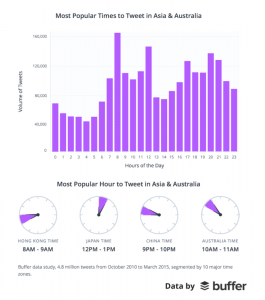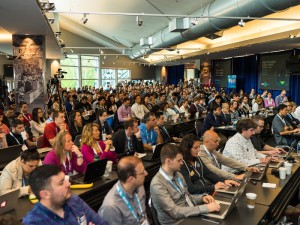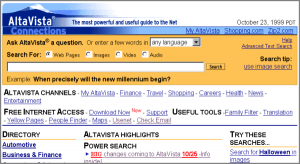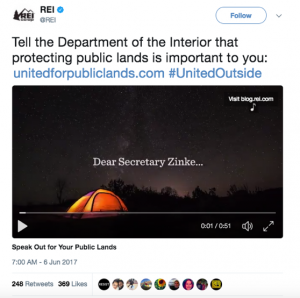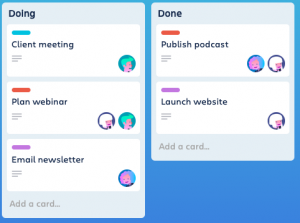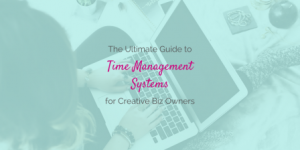Amazon is shooting for net-zero emissions, and you can net some profit if you sell on Amazon.
Hey, Amazon doesn’t even know me. But since you and I sell on there and you might benefit from this info, I thought it makes sense to share it.
No strings attached.
By 2030 Amazon wants its shipment emissions down by 50 percent.
They call it Shipment Zero.
But Frustration-Free Packaging is more than a decade older than Amazon’s newly launched Shipment Zero.
We’ll discuss the technicalities in a bit.
First, how does this program benefit you, the seller, or vendor?
Here’s it:
- Cut packaging costs
- Save time: You’ll need less time to prepare and ship products.
- Reduce waste: You’ll save packing materials.
- Improve user experience: Your packages become easier to open.
- Become more earth-friendly: Use recycled materials for packaging.
- Join an exclusive Amazon seller group
Now, what’s Frustration-Free Packaging?
What’s Amazon Certified Frustration-Free Packaging?
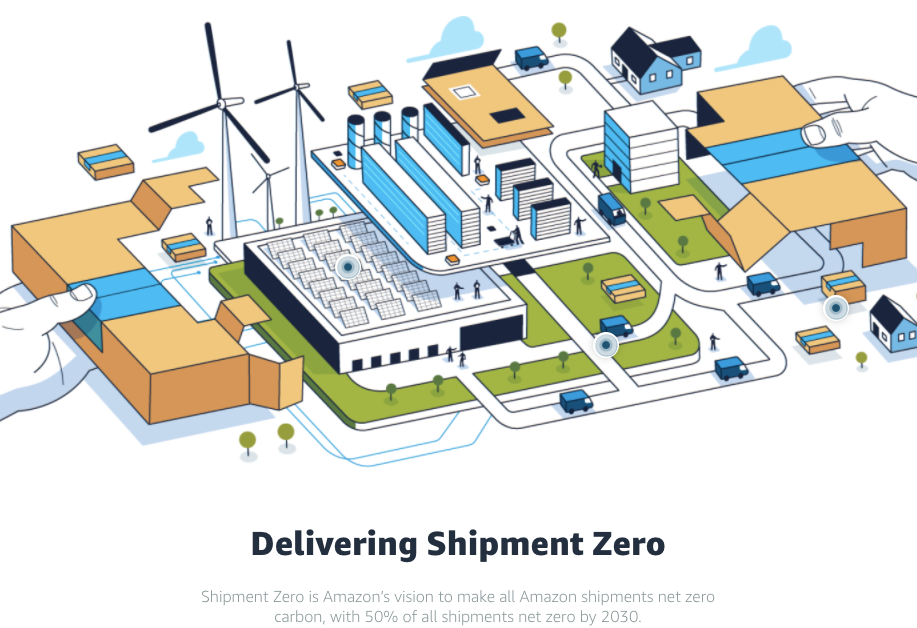
Back in 2008, Amazon launched its Frustration-Free Packaging (FFP) program with 19 products. The program started with mostly products packaged with plastic casing.
Twelve years later, this program has avoided more than 1.4 billion boxes and grown to include over 1.3 million products.
Frustration-Free Packaging is Amazon’s effort to achieve these goals:
- Use 100 percent recyclable materials for product packaging.
- Ensure the packaging is easy to open
- Use only right-sized packages.
- No Amazon packaging, so products ship in their original packages.
- Reduce the chances of product damage
In 2019, Amazon extended its sustainability program to include its whole shipping process, not just packaging. It calls the program Shipment Zero — part of its commitment to achieving the Paris Agreement ten years earlier.
Frustration-Free Packaging is a subset of the more audacious Shipment Zero program.
In 2019, Amazon launched this program in North America and Europe with plans to launch in Japan, India, and other places in 2020. Among other sustainability goals, Amazon aims to reach 100 percent net zero carbon by 2040.

As a vendor or seller, you can see the writing on the wall.
Amazon has always been about building infrastructure for eCommerce. In fact, they dominate the IaaS market with 47.8 percent of market share.
Frustration-Free Packaging is not something for a few Amazon sellers or vendors. It’s going to become the only way to package products and sell on Amazon. So the earlier you make adjustments for it, the better for your business.
12 Requirements for Joining Amazon’s Frustration-Free Packaging Program
Products that join the Frustration-Free Packaging program undergo tests. Amazon also maintains a testing lab, the Amazon Packaging Lab in Seattle. However, a manufacturer must meet specific demands and follow some steps to get certified.
Let’s look at the requirements for joining the Frustration-Free Packaging program.
1. Ensure Your Products are Brand New and Manufactured (or Toll-Manufactured) by You
If you want to join the Frustration-Free Packaging program, then sell only brand new items you have manufactured or toll-manufactured. Resold or refurbished products do not qualify for this program.
2. You Must Use Amazon FBA for Product Fulfillments
Apart from selling brand new items you manufactured by yourself, you must sell the product through the Fulfilled By Amazon program to qualify. FBA gives Amazon the freedom to take care of the product’s packaging, shipping, and handling.
3. Have Amazon Brand Registry
For sellers, only brand-registered products qualify to participate in Amazon’s Frustration-Free Packaging program. An advantage is that you’re more likely to win the Buy Box if your brand is registered. Vendors already sell to buyers under Amazon’s control.
4. Use Unique UPC Codes Only
Products with recycled UPCs and those without UPCs can’t participate in this program. Make sure your UPCs are for your products only.
5. Must Meet Amazon’s Dimension and Weight Requirements
Products on the FFP program must have a package dimension greater than 18 x 14 x 8 inches or weigh above 20 pounds.
So any product package with the longest side over 18 inches, shortest side over eight inches, and medial side over 14 inches or that weighs more than 20 lbs qualifies.
However, the minimum dimension of a package to pass as Frustration-Free Packaging is 6 x 4 x 0.375 inches. To ease their compliance process, Amazon has arranged for the Amazon Packaging Support and Supplier Network (APASS) to help vendors with their packaging needs.
6. Hazmat Classified Products and Fresh Supplier are Not Supported
The FFP program does not support hazmat products like those that come with lithium-ion batteries. It also exempts Amazon Fresh and Prime Pantry products from this program.
7. In-Stock Products Only
You can only qualify and apply for FFP if your products are in stock. Out-of-stock products do not qualify for the program.
8. Pass the Amazon ISTA6 SIOC Test
Amazon is a member of the International Safe Transit Association (ISTA), a nonprofit organization focused on setting standards for transport packaging concerns.
Products must pass the ISTA6 SIOC test to qualify for Amazon’s FFT program. The test exposes a product and its packaging to real-life transportation hazards in a controlled environment.
9. Use Recyclable Packaging
As a vendor, your product packaging must be from 100 percent curbside recyclable materials on the FFP (Tier 1) program. Only paper-based materials or plastic components marked as safe by applicable laws are acceptable.
Additionally, you can only use plastic bags or films when you need to protect products from dust or abrasion. Albeit, you must print SPI codes 2 (HDPE) and 4 (LDPE) on the plastic film to qualify them for the program.
10. Meet Package Sealing Standard
You must adequately seal all corners of your products with glue or tape. You can’t use staples, except on the manufacturer’s glue joint.
As for oversized products, you can use tightly fitted, non-metal straps or bands to keep it together. You may not use bands or straps when bundling multiple packages.
11. Follow Package Construction Standards
Box and package products in a rectangular shape, to ensure it stays put during delivery and shipping.
You may use padded mailers or rigid envelopes. However, six-sided, rigid corrugate cartons are preferable.
The program doesn’t allow windows, protrusions on the side, or cut-outs. But it permits access holes that don’t exceed 3”x1.5” with a 1.5” radius.
12. Ensure Clear Package Markings and Labeling
Your product package markings or labeling must indicate contents and special handling instructions to meet the FFP requirements. They must also follow the carton marking and labeling requirements found in the Vendor Shipment Prep and Transportation Manual.
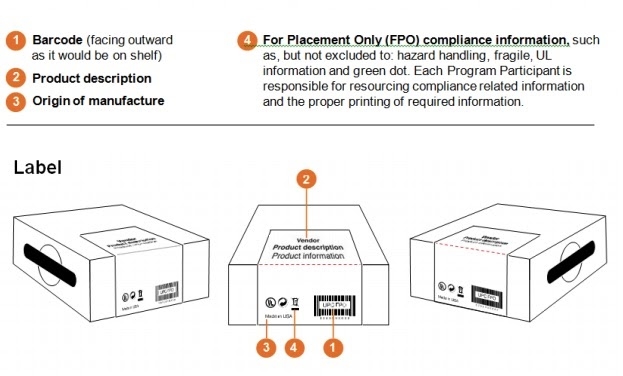
For flexible packaging, all the required labeling elements will appear on one side.
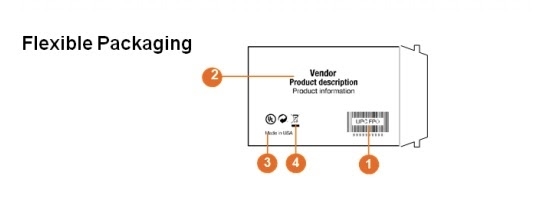
Some of the optional labeling elements include what you find in the image below.
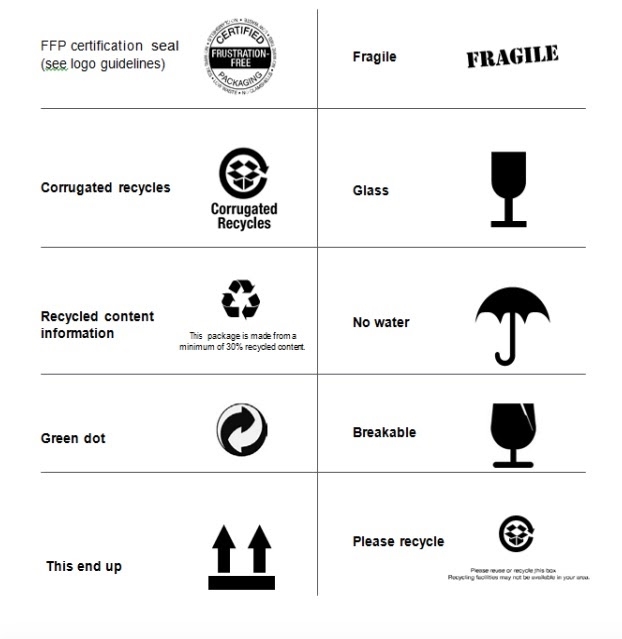
The Three Tiers of the Amazon Certified Frustration-Free Programs
Amazon has three certification tiers to its Frustration-Free Program. These tiers cater to oversize products larger than 18” x 14” x 8” and weigh above 20 lbs.
For products to qualify, it must follow the design and certifications for each tier. Here are the qualifications for each tier.
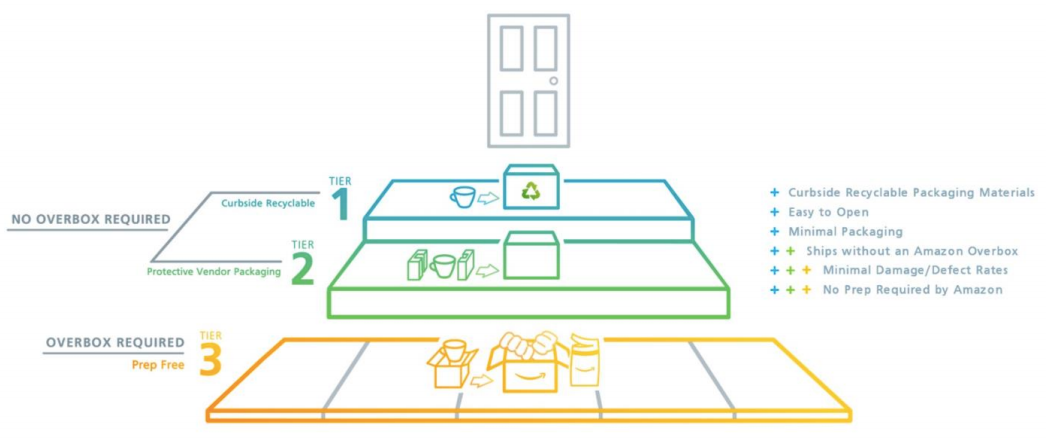
Tier 1: Frustration-Free Packaging
According to Amazon, all products under this tier must be “Easy to Open” and ISTA 6 Amazon compliant. To qualify, your products must have minimal packaging and be removable in 120 seconds or less.
So, avoid plastic inserts, blister packs, shredded paper, or welded clamshells.
Under Tier 1, packages must use 100 percent curbside recyclable materials and comply with all applicable packaging laws.
Tier 2: Ships In Own Container (SIOC)
The SIOC Tier allows you to ship your products in its original packaging. Packages in this tier follow the SIOC guidelines to reduce waste and survive typical shipping hazards across Amazon’s supply chain.
To qualify, products must have minimal packaging. Amazon determines this by a Box-Utilization Score.
You’ll get this score by dividing the product’s volume by the total volume of the packaging. This score must be higher than 50 percent for fragile and non-fragile products for Tier 2 (SIOC) certification.
Fragile products include, but not limited to, items that contain:
- Liquid or semi-liquids (this includes solids that can become liquid at high temperatures).
- Porcelain, Ceramic, Clay, Glass.
- Electronics that are easily damaged when dropped from 18 inches or 45.7cm and above, without packaging.
Tier 3: Prep-Free Packaging (PFP)
The PFP Tier 3 certification program is for items that Amazon can’t ship in their factory fitted container. Items under this tier require an Amazon label Overbox to enhance shipping with minimal defects and damages.
Your packaging must be easy to open and ready for shipping without the need for extra prep by Amazon. PFP certified items are usually smaller, but no more than 9” L x 6” W x 0.375” H.
Guides to Getting FFP Certified

- Image Credit: Amazon Blog
An FFP certification indicates that your products are “frustration-free” or “hassle-free” for Amazon’s consumers and shipping processes.
The certification process involves technical analysis run by a few packaging professionals certified by Amazon, followed closely by transit testing at an ISTA certified facility or Amazon’s Packaging Certification Lab.
This may seem like a lot to take in, but read on, and we’ll walk you through the process.
How to Initiate Product Package Testing
In this program, Amazon focuses on two things – customer experience and zero carbon emissions. Testing your product package ensures that you’re in tune with Amazon and its overall policy.
Before you begin the FFP eligibility test, you must perform and pass an appropriate ISTA 6 Amazon test from ISTA 6 certified labs.
Once the lab reviews and carries out the tests, you’ll get an Amazon Standard Identification Number (ASIN) for each package. The ASINs can either be for Frustration-Free Packaging (FFP) or Ecommerce Ready (ECR).
Now, to enroll your Package ASIN in Vendor Central, click “Support.”
Go over to “Contact Us” and select your business group.
Then click, “What can we help you with?” and select “Amazon Packaging Certification.”
Click “Enroll and Certify ASINs” from the options to begin.
This process should be the final check that shows you if your ASIN meets Amazon’s guidelines and requirements. Once your package ASIN certification and enrollment is complete, it is immediately set to ship under the appropriate tier.
So, you should not initiate the ASIN enrollment process until your items are ready to be shipped to the Amazon fulfillment network.
Prepare and Test Your Packaging
Amazon requires that you test your packaging when it has the following basic packaging features:
Type A: Parcel (individually packaged products) delivery of less than 50lbs.
Type B: Parcel (individually packaged products) delivery of 50lb to 100lbs.
Type C: Parcel (packaged products) delivery of 100lbs or more.
Type D: LTL (individually packaged products) delivery of less than 100lbs.
Type E: LTL (individually packaged products) delivery of 100lbs or more.
Type F: LTL delivery (individual palletized packaged products).
Type G: LTL delivery – individually packaged TVs, or monitors that are less than 150lbs, with a circumference equal or less than 165”.
Type H: LTL delivery – individual packaged TVs or monitors that are more than 150lbs, with a circumference greater than 165”.
How to Source Amazon FFP Packaging Suppliers and Designers
When using APASS certified labs to test your products, bear in mind that some do more than just testing. Certain APASS certified labs or companies are identified as a Packaging Supplier or Packaging Designer.
These labs have specialized experience in designing and supplying packaging materials following Amazon’s FFP guidelines. APASS certified Packaging Suppliers provide solutions that meet your packaging needs and help you achieve an Amazon Packaging Certification for it.
Such services may include producing a pre-made corrugated paper for packaging individual products. Or giving comprehensive packaging design advice for sellers or vendors who own an entire line or portfolio of products aiming for FFP certification.
While these services may help you get the certification, they’ll also help you save costs, reduce waste, and improve the customer experience as you sell on Amazon.
How to Find ISTA Certified Packing Labs to Test Your Packages
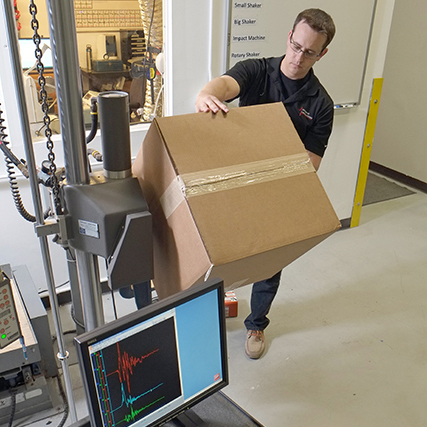
- Image Credit: Advanced Labs
You can also run ISTA 6 Amazon tests and certify your products at ISTA certified package testing labs.
Simply do the following to get started.
- Contact these labs.
- Make Payment
Send images of your package for review. Then, ship samples to APASS certified labs for transit testing.
- Your products will be evaluated to make sure it passes these requirements.
- Amazon’s packaging certification standards.
- ISTA 6 Amazon SIOC test for Tier 1 or 2, or
- ISTA 6 Amazon Overbox test for PFP Tier 3.
- After this, packages that pass the ISTA 6 Amazon test will be ready for shipping.
How to Perform Certification Tests on Your Own
As a vendor, you may enroll your products and perform package certification tests on your own.
All you need to do is, meet the minimum requirements on the Vendor Packaging Lab Certification Program.
These requirements include, but are not limited to:
- You’ll have an ISTA member appointed to you as your primary point of contact and Amazon package certification owner.
- You must have the required and appropriate test equipment for every procedure. Plus, maintain a lab that meets the Amazon ISTA 6 SIOC test requirements.
- You’ll have to complete an on-site training at the Amazon Packaging Lab Seattle.
Supply Amazon with Detailed Photographs of the Product
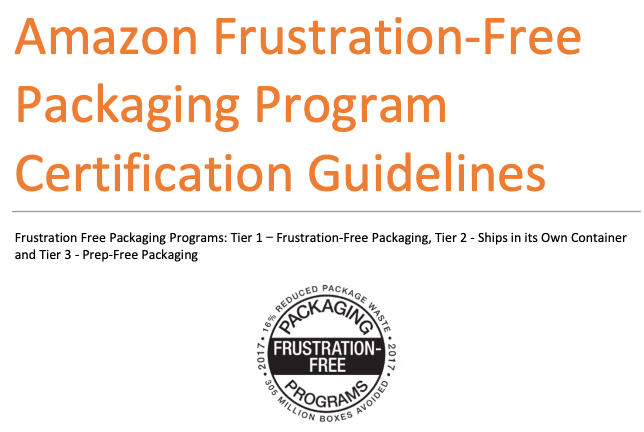
Amazon will examine the images you sent them to ensure your products meet their certification guidelines.
Your images should show that your packaging follows the basic FFP requirements like:
- No windows or cutouts.
- Minimal damage rate when shipped via third-party courier services.
- The packaging is minimal, and contents can be removed in less than 120 seconds.
- Box material is 100 percent recyclable.
- The package box is free of plastic inserts, blister packs, wire ties, shredded paper, packaging peanuts, and sealed clamshells.
Once Amazon is satisfied that your product packaging meets these requirements, they’ll continue the certification process.
Get Certified (or Decertified)
After Amazon has checked the pictures for compliance, you can send them the test results for certification. After certification, your products will begin to ship in its own container.
To know if your ASIN is certified, take a look at the product detail page. Certified ASINs display, “Packaging may reveal content. Choose Conceal Package at checkout.” This gives your customer the option to put the item into an Amazon Overbox at zero charges.
Nonetheless, if your certified ASIN continuously exceeds the minimal damage rate, Amazon will decertify it immediately. And, you’ll receive a notification via Vendor Central to that effect.
Your products will be shipped in an Amazon Overbox, and a non-compliance chargeback issued for every unit received within 60 days after decertification.
For you to get recertified, you must complete another round of certification test with a third party APASS lab. Then, reenroll the decertified ASIN in Vendor Central before the 60 days grace is up.
Differences: Frustration-Free Packaging vs. Traditional Packaging
What makes Frustration-Free Packaging better, and how’s it different from traditional packing?
Simple. Two major things. Frustration-Free Packaging is frustration-free (literally) and ecofriendly.
Amazon has a long-term goal to power its global infrastructure with 100 percent green energy. Already, Amazon owns 47.8 percent of public cloud services. So, it only makes sense that they go green to improve sustainability.
The Frustration-Free packaging in 2008 was the first step in the right direction. In 2030, Amazon hopes to actualize its dream to make 50% of all shipments carbon-free.
For Amazon, that is like killing two birds with one stone. Satisfy the customers. Sustain the Earth.
With Frustration-Free Packaging, what makes it different is what makes it better.
| Packaging Characteristics | Frustration-Free Packaging | Traditional Packing |
| Volume | Minimal packaging materials. Less bulk. | Multiple packaging materials.
More bulk. |
| Components | Usually, one box, with some parts already assembled. | Each part can come in different compartments, so the user spends more time assembling them. |
| Costs | Ships more items per unit cost because packages utilize small shipping space. | Ships less item per unit cost because packages utilize bigger shipping space. |
| Environment | Eco friendly with 100 percent curbside recyclable materials.
Hassle-free and easy to open in 120 seconds or less. |
Not eco friendly. Uses plastics, rubber, and non-recyclable materials.
Wrap rage, and difficult to unwrap in 120 seconds. |
Easy to Open: Amazon is customer-centric. That’s why the FFP is designed to make unwrapping easy. In 120 seconds or less, customers can easily remove the package components quickly, without the wrap rage involved with Traditional packaging.
Volume: Amazon encourages minimal packaging with FFP. Unlike traditional packaging, there are no unnecessary packing boxes, plastic, and filler materials. This ensures that packages are less bulky and ships seamlessly without defect across the supply chain.
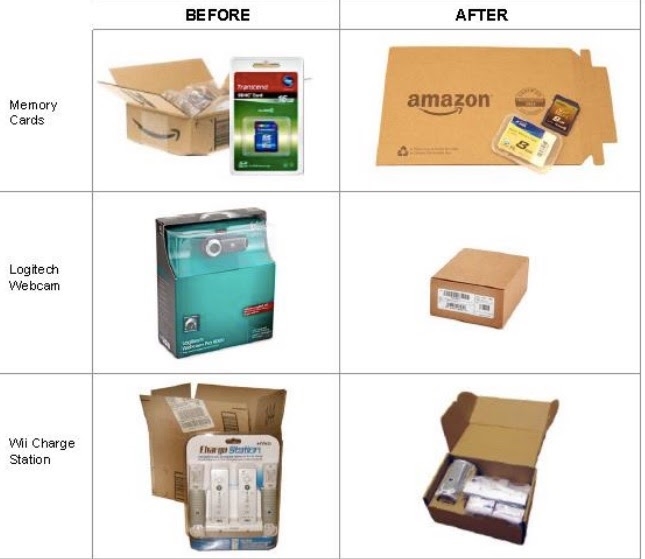
Costs: FFP cuts cost by allowing businesses to choose the right size box for their packages. This translates to less bulk and a drop in transport costs by utilizing shipping space to the barest minimum.
Environment: With FFP, Amazon advocates for environment-friendly packaging materials. The various FFP certification tests have ensured that 1.9 billion non-ecofriendly shipping boxes have been avoided since 2015.
9 Benefits of Amazon’s Frustration-Free Packaging for Your Business
By now, you should know there are tons of ways you benefit from Amazon’s Frustration-Free packaging.
You may choose to continue with the traditional packaging method if you’re not interested in the FFP plan. But, chances are, you may deal with negative reviews that the program has solved.
But if you want a win-win situation on all fronts, then read on to know how Frustration-Free Packaging benefits your business.
1. Eliminate or Lower Prep Chargebacks
When your ASIN is certified as any Tier, Amazon ensures it doesn’t incur charges for you with additional Amazon prep. This helps your business save money by avoiding prep chargebacks.
2. Lower the Cost of Product Packaging
With FFP, your business saves money by avoiding unnecessary, costly packaging features. By optimizing your product package for Amazon fulfillment, you reduce waste and save money.
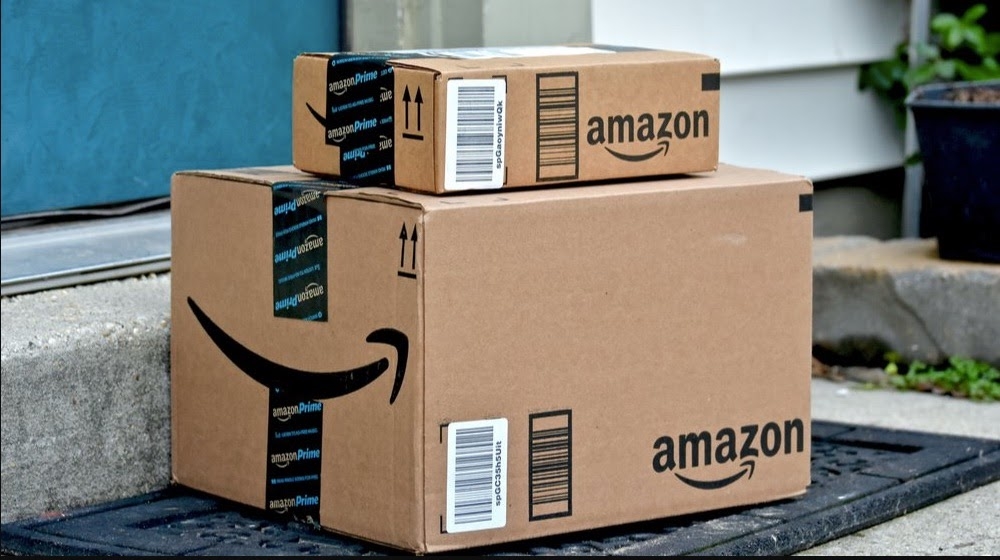
3. Reduce Stocking Transportation Costs
When your package is certified, your package is right-sized for the total supply chain. This means the smaller your packages are, the less money it takes to transport it. This, in turn, saves money for you, Amazon, and the customer.
4. Prevent Listing Hijack and Win the Buy Box
Because Amazon competition is intense, you face the chance of having your listing hijacked by unauthorized sellers.
Getting the FFP certification for your product packaging ensures you have extra protection against these sorts of things. Amazon not only protects your product listings from being stolen, but your listing will also qualify for the Buy Box and sell more.
5. Offer Buyers More Packaging Options
Amazon offers customers the chance to choose their style of packaging when it comes to shipping. More buyers tend to select FFP because of the ease it provides. All the more reason why you should get your product packages certified as you sell on Amazon.
6. Lower Unpleasant Shipping Incidents
Products with Frustration-Free packaging are light and easy to handle. This means fewer chances of transport or shipping accidents.
Also, because of the meticulous process involved when certifying these packages, items are held in place. This dramatically reduces or prevents damages in transit.
7. Save Time
You don’t have to worry if you’re packing your products the right way because Amazon does it for you. While you’re FFP certified, Amazon does the handling, packaging, and shipping of your products, so you get to save both time and money.
8. Support the Environment
Frustration-Free packaging makes use of 100 percent curbside recyclable material that is eco-friendly. The use of these materials makes it so that fewer carbon emissions will hurt the earth’s atmosphere.
Also, due to minimal packaging, you reduce environmental waste by avoiding extra shipping boxes altogether.
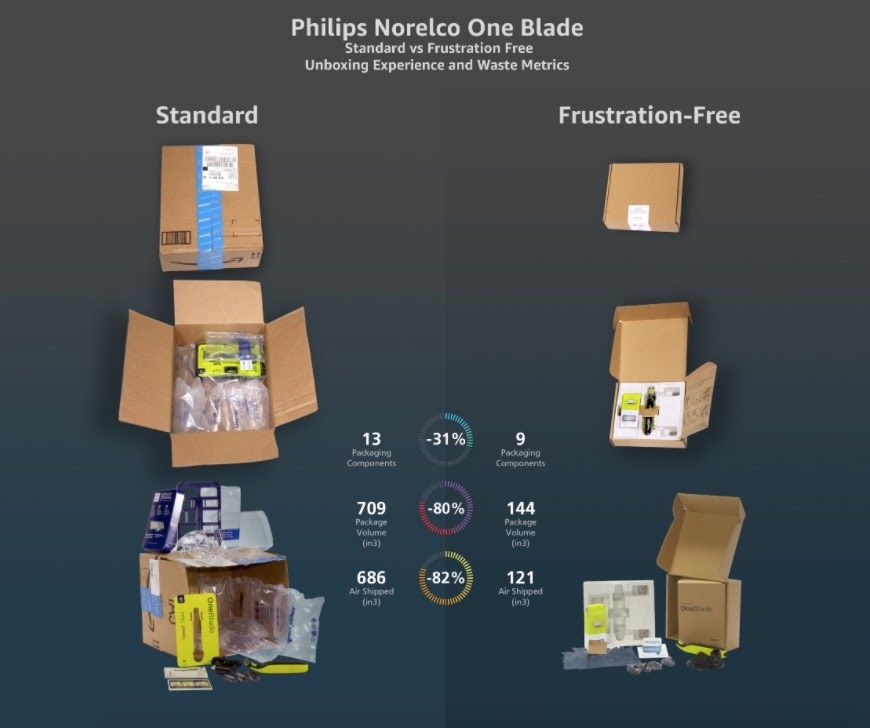
9. Easy-to-Open Packaging Improves Customer Experience
Your business will garner positive reviews when you’re on Amazon’s Frustration-Free Packaging program. Besides having a low damage rate, customers will opt for your products because of the ease of unwrapping and removing items from their package.
Pitfalls of the Frustration-Free Packaging Program
Indeed, everything has its ups and downs, and the FFP program is not exempted. Despite all the benefits the program offers your business on Amazon, certain drawbacks might not be negligible.
1. Brand Differentiation Might Be Stifled
One inevitable pitfall is the inability of some brands to “shine.” Brands spend just as much time designing and making their packages attractive like they do its content.
But with Amazon’s Frustration-Free Packaging, they may be forced to use a different packaging that’ll dim the light on the brand’s marketing efforts.
Furthermore, when products are covered with an Amazon Overbox, customers may find it hard to differentiate between them.
2. Some Brands Fear that Packaging Might Be Too Fragile
Due to its minimal packaging, some brands fear that FFP does more harm than good.
However, this fear doesn’t hold as rigorous testing can help sellers or vendors find packaging faults and fix them before joining the program.
3. The Certification Process is Cumbersome
The rigorous and meticulous process involved with getting an ASIN, FFP certified can sometimes be overwhelming. This makes some vendors lose interest in selling on Amazon or forgo the entire certification process altogether.
FAQs About the Frustration-Free Packaging Program
With all I’ve shared, I bet you’ll have questions. So I’ve answered the frequently asked questions.
Will Amazon require certification for all my items? What categories are excluded? What if my ASINs are not certified?
Amazon expects that all items with package dimensions greater than 18? x 14” x 8 or more than 20lbs be certified as Tier 1 or Tier 2 in the FFP Program.
Items with ASINs under these categories are excluded:
- ASINs with Hazmat classifications. (e.g., items with lithium-ion batteries)
- ASINs in Amazon Fresh or Prime Pantry
All ASINs that require certification but do not fall under these exclusions will be issued a $ 1.99/unit chargeback. This applies to both distributors and vendors.
What is Amazon’s Frustration-Free Packaging Certification, and why is it important?
The Amazon Frustration-Free Packaging Program helps vendors ship their products without additional boxes to improve sustainability across the Amazon supply chain.
The certification program offers three tiers. The first one is Frustration-Free Packaging or FFP. The second tier is SIOC, which is short for Ships in Own Container. And the third is Prep-free Packaging or PFP.
How important is the Amazon ISTA 6 SIOC test?
The Amazon ISTA 6 SIOC test mirrors the hazards that packages might face during shipping and delivery. The test design makes shipping sustainable, survivable, and successful.
Amazon uses this test method to evaluate and certify ASINs before shipping it in its own container.
How do I know if my items are certified or not? What part of my catalog will be impacted by the chargeback program?
You can check the “Operational Performance Dashboard” in Vendor Central to know your certification status. You can download the data of your ASIN status via a link at the bottom of the SIOC chargeback dashboard.
Only if you have packages with dimensions greater than 18? x 14” x 8? or 20lbs will be impacted by the chargeback program.
Where do I go when I need help with testing or designing my items?
Amazon has a comprehensive website that can help you. It includes resources that you can utilize for designing, testing, and certifying your items.
You can also utilize the APASS network option that offers you over 20 third-party Amazon trained labs for designing and testing. You can see detailed information about this on Amazon’s website and Vendor Central.
How and when should I get my items certified?
To certify your items, you must complete the ISTA 6 SIOC Amazon test with an ISTA accredited lab. To do this, click on the “Contact Us” button below “Support” in Vendor Central.
You have to indicate the vendor codes you want to certify for the ASIN you’re enrolling for. And must attach an ASIN enrollment form and a completed Amazon test report template when submitting your request.
The certification testing process is Amazon’s final confirmation that your ASIN meets their requirements and guidelines. Thus, after certification, your item will be set to ship in its own container (SIOC).
We strongly advise that you only enroll your ASIN when your items are ready to ship to the Amazon fulfillment network, or Amazon will decertify you.
Can a drop shipper participate in the chargeback program and savings share back?
No. This is because dropship ASINs do not ship through Amazon’s fulfillment network. They’re ineligible for the savings share-back program and will not be issued a chargeback.
Will I be issued a chargeback if my products are shipped to Amazon while packed in an unconducive way?
No. Amazon will not issue a chargeback if items packed for shipment interlocks individual selling units to maximize freight space.
If you believe your item is packed this way, you’ll have to provide a picture showing your freight package orientation.
To file a complaint, open a case under “Other Packaging Certification Questions” in Vendor Central. More information on how to go about it is in the Amazon Vendor Enrollment and Contact SOP.
Are there exceptions if my ASIN is certified, but I have a low annual income?
Amazon automatically excludes ASINs that are not shipped within eight months since its certification. It also excludes these items if they have shipped less than a total of 250 units in 12 months.
But this exclusion is temporary and subject to change at any time.
Where do I find my ASINs that will be issued this chargeback?
You can find and download the impacted ASINs in a portfolio under “Ship in Own Container” chargeback in the Vendor Performance Dashboard in Vendor Central.
Final Thoughts
Many benefits come with selling on Amazon, but Frustration-Free Packaging certification sweetens the deal. You’ll shave the extra cost of packaging down to its essence while delivering exceptional customer experiences with your product packaging.
Although getting certified might be a bit cumbersome, Frustration-Free Packaging is a win-win on all fronts. For you, Amazon, your customer, and the Earth.
Digital & Social Articles on Business 2 Community
(70)

